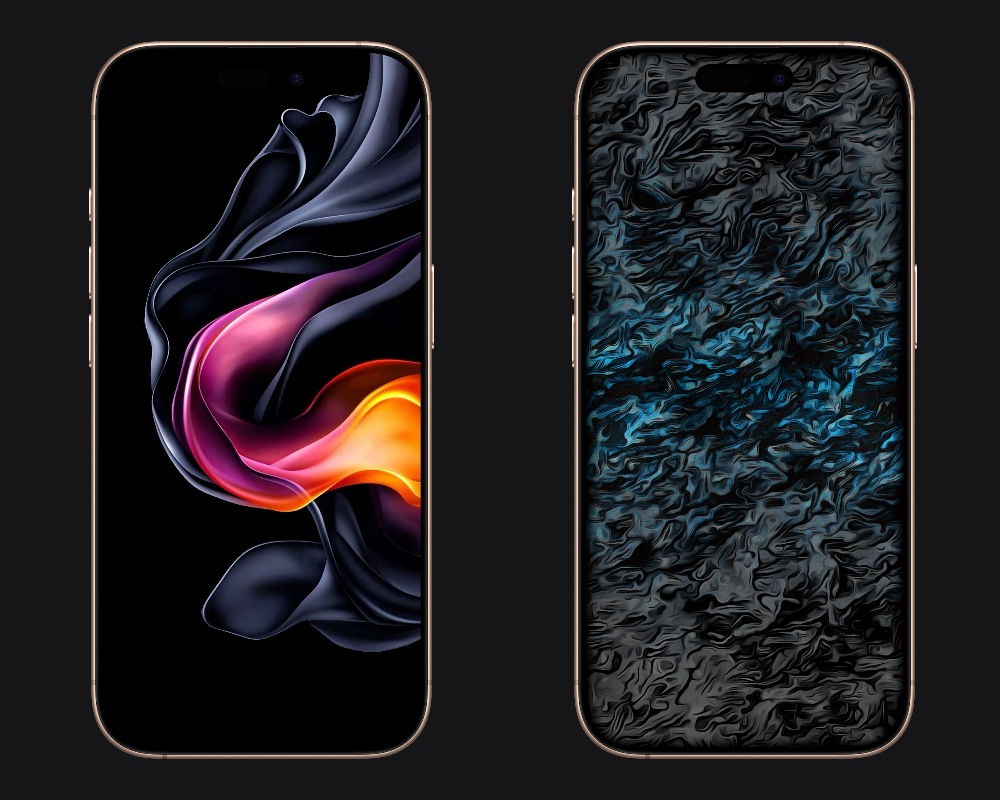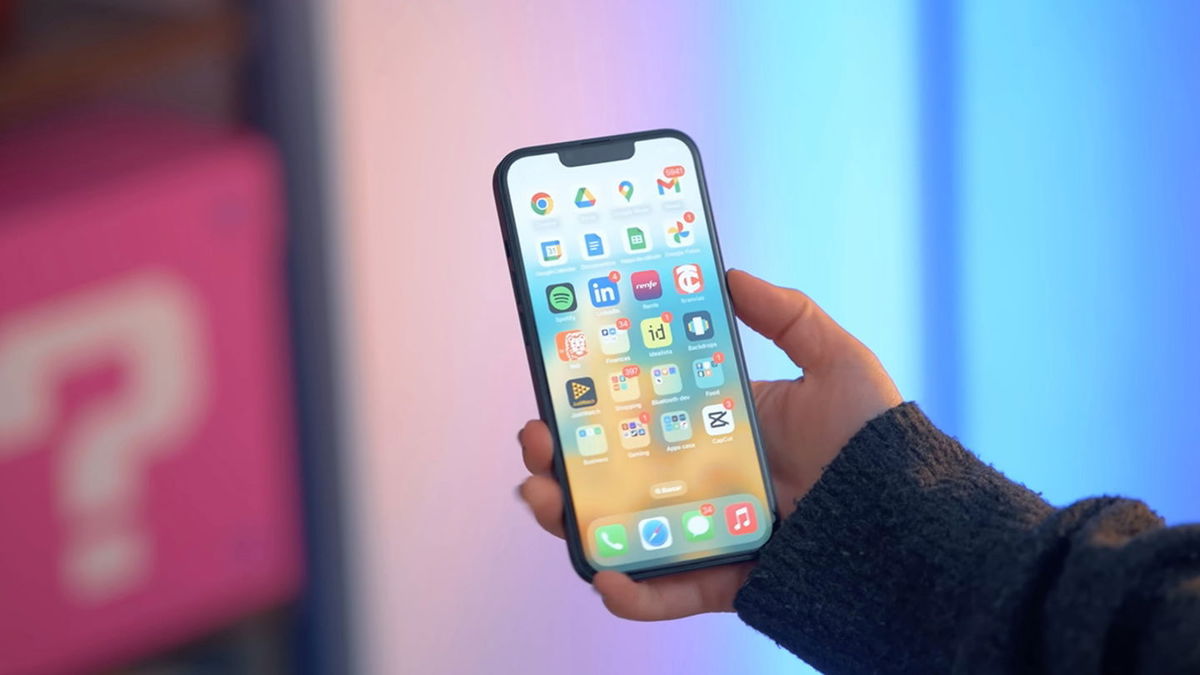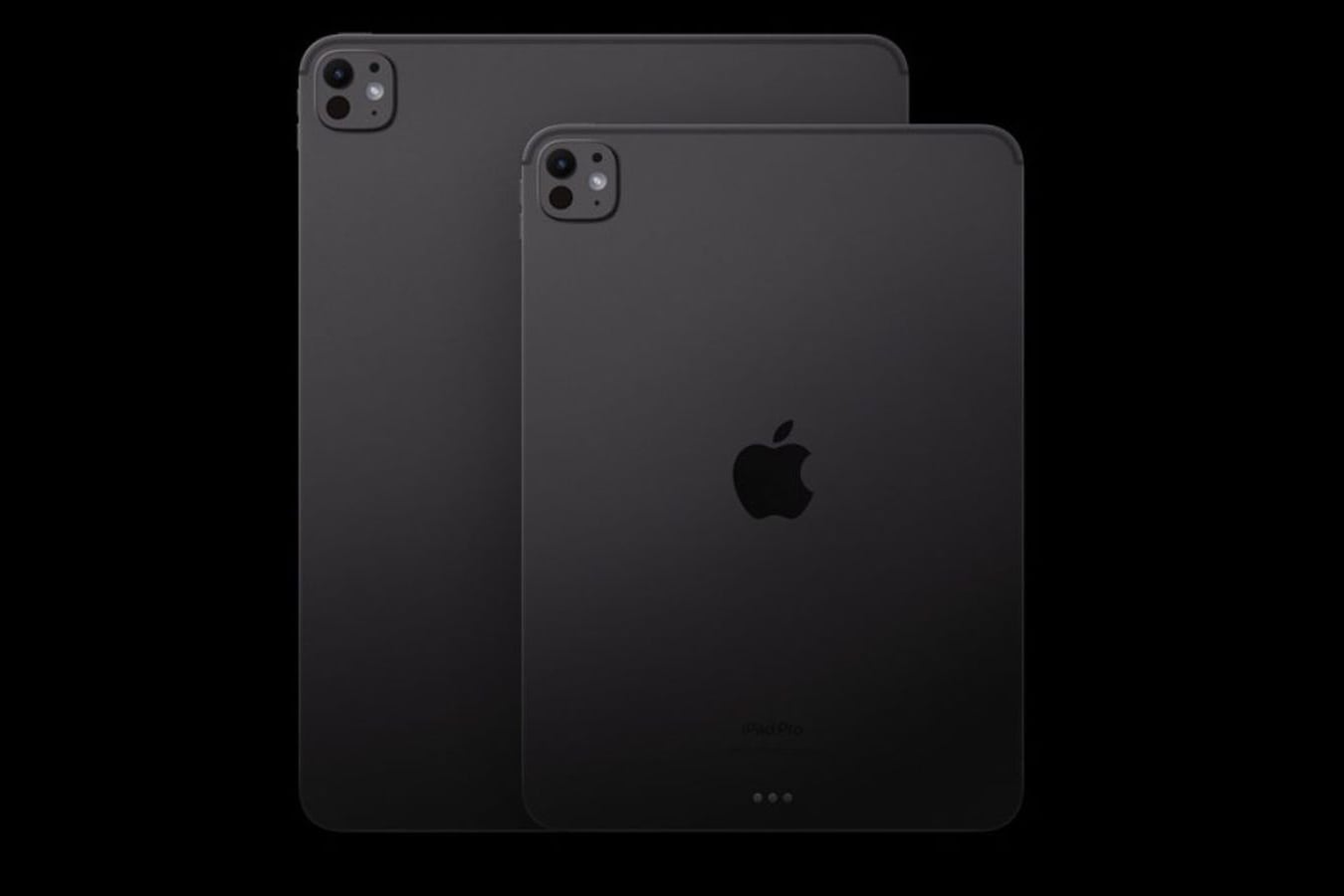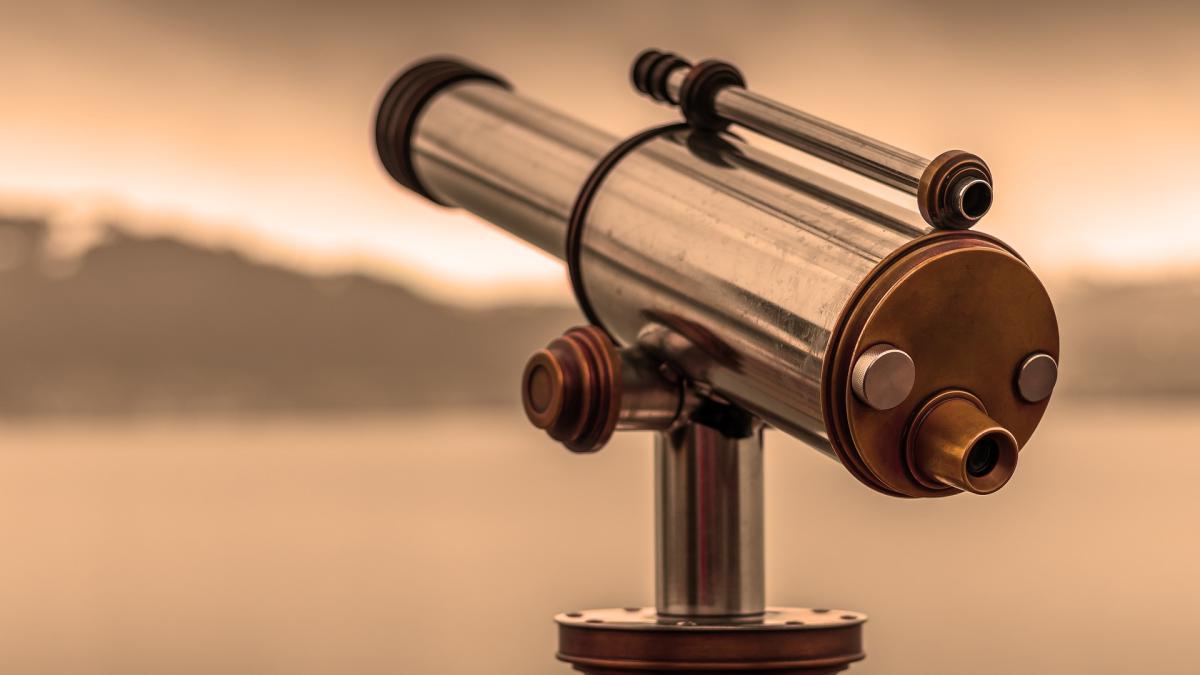Obviously, the purchase of a telescope should not be left to chance, since in many cases these are not exactly cheap devices with which we do not want surprises.
For those of you who are a fan of this world, who have been there for a short time or don’t want to become a scientist on the subject, it’s best to have some basics to know which is the best telescope you can buy.
It is assumed that the first telescope was created by the Dutchman Hans Lippershey, a famous lens maker, in the 17th century.
When he was in his studio, he realized that a certain combination of lenses would magnify distant objects. Hans realized the potential of this discovery and presented it to the royal family of his country.
When he went to demonstrate this, among the public was a friend of Galileo Galilei, whom he told at a meeting held with them in 1609 about what he had seen, at which time the Italian creator began to experiment.
Galileo managed to produce his own telescope in 1610, which enabled him to see the moon and stars, but the great discovery was that he was able to see Jupiter, which caused an important upheaval in geocentric theory.
What can telescopes be used for?
You must clearly understand that, first of all, there are two main classifications of telescopes on the market, depending on how they will be used.
This division is small and by the name you will already understand what each of them refers to, but it is logical and necessary to know them in order to know what we want to buy.
Two types:
- astronomical telescopes: those who are ready to see the Moon, Mars, stars, etc. That is, everything that has to do with space. They are mainly used at night and have large openings to let in more light and make it easier to see all objects, even poorly lit ones.
Slokey Discover The World Astronomical Telescope
- ground telescopes: This type includes those who are ready to observe nature. That is, to see birds, large mammals, mountains, volcanoes, etc.
Ground telescope Gosky 20-60
They must be differentiated when buying them, as we could not see the mountain clearly if we used the astronomical type to give you an example. And believe it or not, buying one over the other is a more common mistake than it seems.
The big differences between these two types are as follows:
- Increases: For a better understanding, if we have a telescope with 100x magnification, we will see as if we were 100 times closer to the object. As usual, astronomical ones have a much higher magnification than terrestrial ones.
- Portability: Unlike most astronomical ones, terrestrial ones are much easier, as they are ready to move from one place to another in nature and thus continue to observe new landscapes or animals.
- other design: while terrestrial ones are designed entirely for daytime use, astronomical ones are designed for use at night, when it is best to observe the stars and planets.
- polyvalence: terrestrial ones are more versatile, as they will help you (some) see some other planet, but without the sharpness of astronomical ones. But you must also understand that using the latter for nature observation will be extremely difficult.
Types by production
Telescopes must also differ in their optical design, such as refractor, reflex, or catadioptric type.
It is not as difficult to understand as it may seem at first glance.
- Refractor: This is a telescope that uses a lens through which light is concentrated. This is a good telescope and its great advantage is that it does not require any maintenance. It is the most commonly used telescope for terrestrial observations.
- Reflector: It consists of two mirrors that reflect light from one to the other until it reaches the eyepiece. The quality is quite normal and needs some maintenance. We will be able to observe the sky, but without expecting the highest quality.
- Retroreflector: in this case lenses and mirrors are combined, resulting in a large focal length in a short tube. They are ideal for everything related to the observation of planets, stars and so on. The problem is that they are the most expensive.
What should I look for when buying a telescope?
Once we know the types and clearly understand what we are going to use it for, it’s time to have some reason to know what aspects are important to buy a device of this type and not make mistakes.
As usual, first of all we need to know how we are going to use it, what we have already talked about, and to know the existing types in order to clearly understand which ones are more or less qualitative. From here we must also take into account:
- Opening: Telescopes for beginners usually range from 70mm to 150mm, while for professionals they range from 150mm to 300mm. Let’s start with the fact that if we choose the type of reflector, we should have at least 70-80 mm, and if it is a reflector, then at least 130 mm is better. If you need ground, it’s best to move between 50mm and 100mm.
- Increases: To find out the magnification of the telescope we need, we must calculate it by dividing the focal length of the telescope by the focal length of the eyepiece. To get the best image quality, the manufacturer specifies the maximum magnification, which is the amount we can apply to keep the image sharp.
- Focal length: that is, the distance that light travels from entering the lens to reaching the eyepiece. If we have a short focal length, we can say that it is best for distant objects. A longer focal length is better for closer objects such as planets. If it is intermediate, then it will be true for both distant and near objects, but will not be perfect for any of them.
- Ease of use: this is something important because it includes the ease with which we can use the telescope. We may have several parameters that need to be taken into account, such as the ease of installation of the telescope, which will take a long time or a short time, depending on the model. We can also be careful to see if it has a finder, which is a device that helps to look for planets or stars.
- TransportA: There is no doubt that we must also consider the size and weight of our telescope, especially if we are buying a terrestrial one, since we are going to be moving it from here to there. In the case of astronomical, it is not so normal to move it, but, nevertheless, it would be better if it were not bulky and heavy.
- Budget: This is the fundamental part because, as we always advise you, we must set a limit and not exceed it, as this can be a double-edged sword. If we decide to exceed the price we wanted to pay, we may end up paying much more and this can be very counterproductive. That’s why it’s best to be true to what we wanted to spend from the start.
We hope that with everything we have told you today, you will be able to get a really good telescope, and it will be the best one for you, as you will not lack in viewing options.
Whether astronomical or terrestrial, you can let us know which one you have chosen on our social networks, we would love to know your opinion about this type of device.
Source: Computer Hoy
I am Bret Jackson, a professional journalist and author for Gadget Onus, where I specialize in writing about the gaming industry. With over 6 years of experience in my field, I have built up an extensive portfolio that ranges from reviews to interviews with top figures within the industry. My work has been featured on various news sites, providing readers with insightful analysis regarding the current state of gaming culture.














